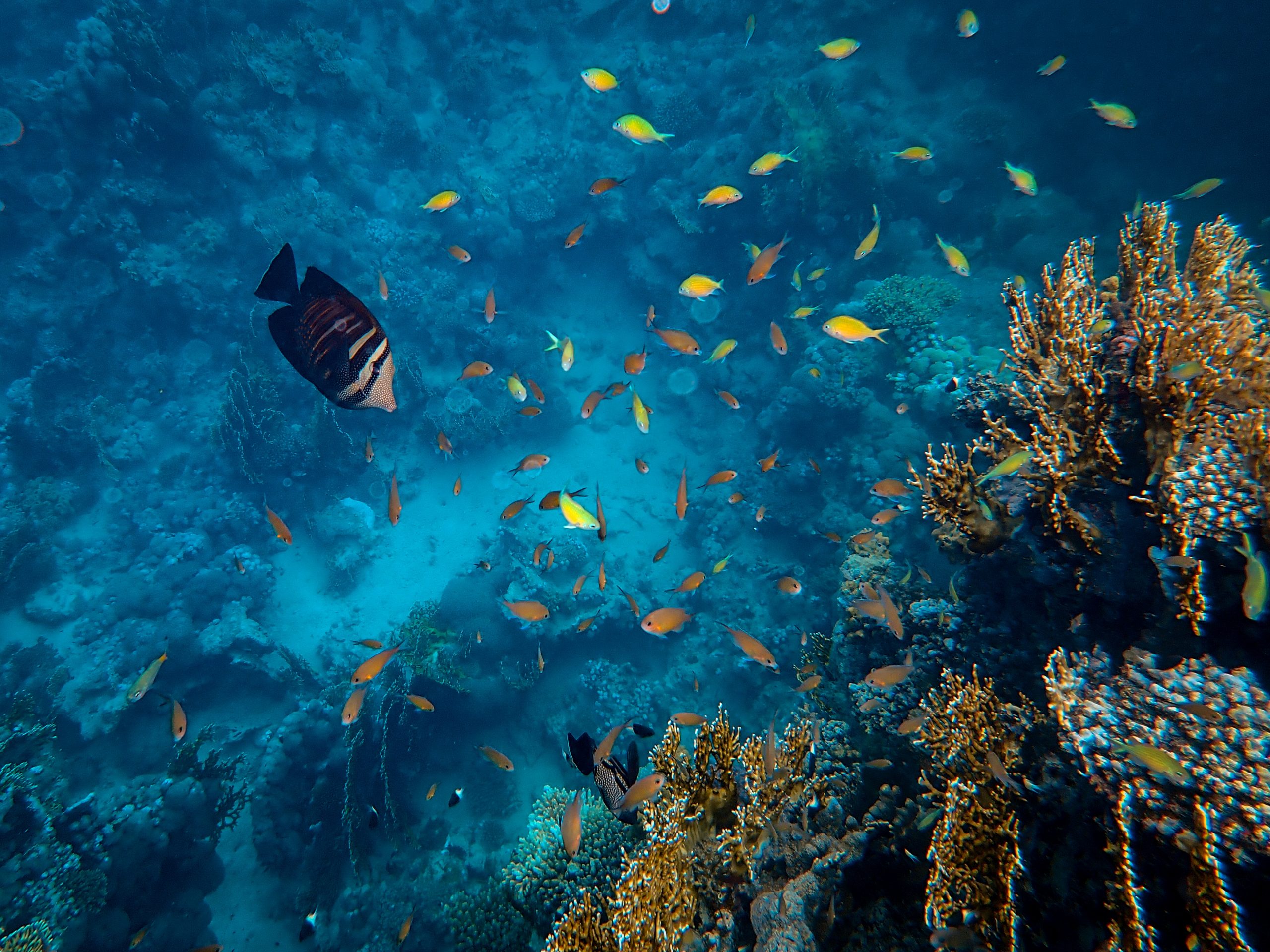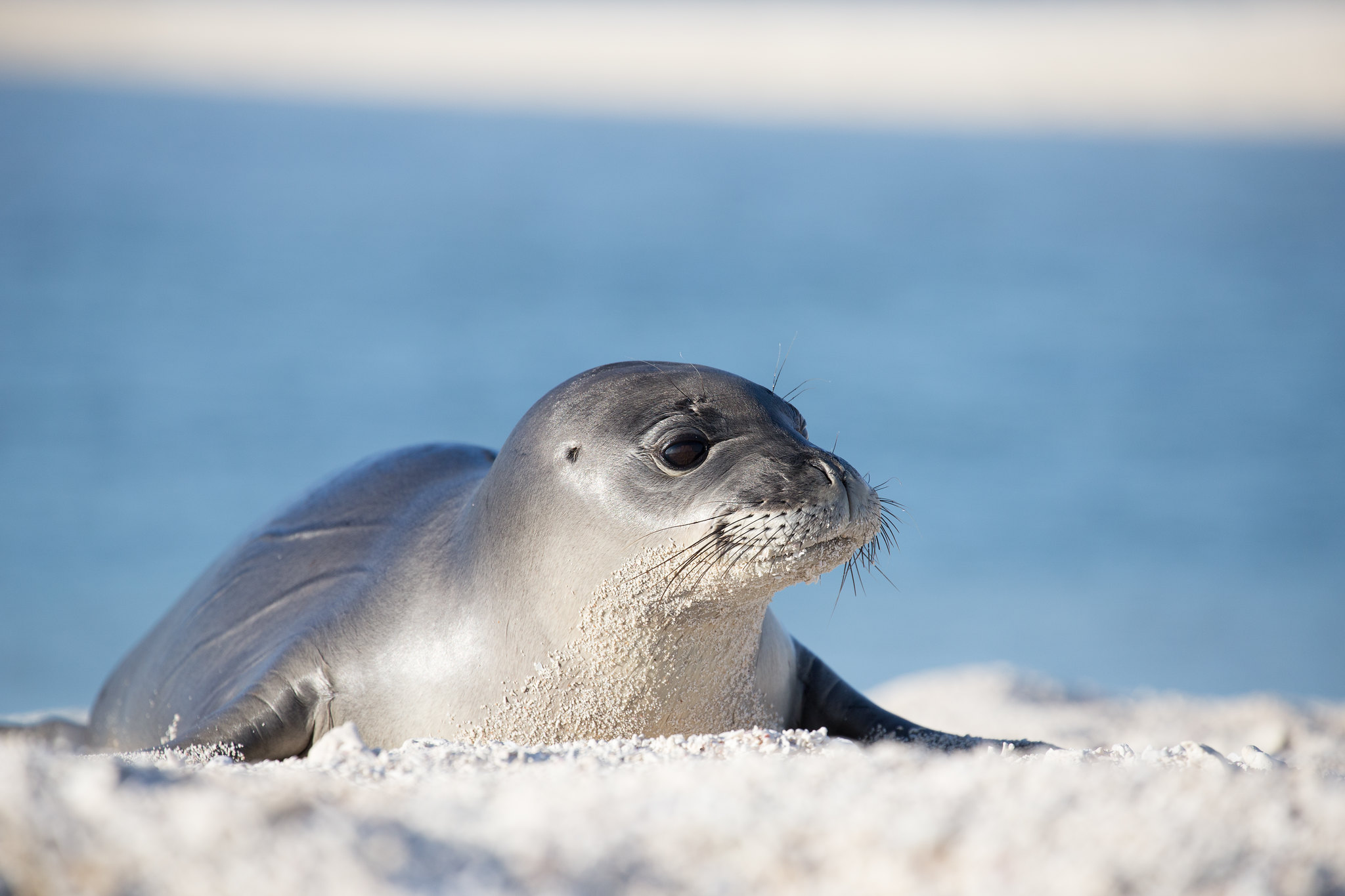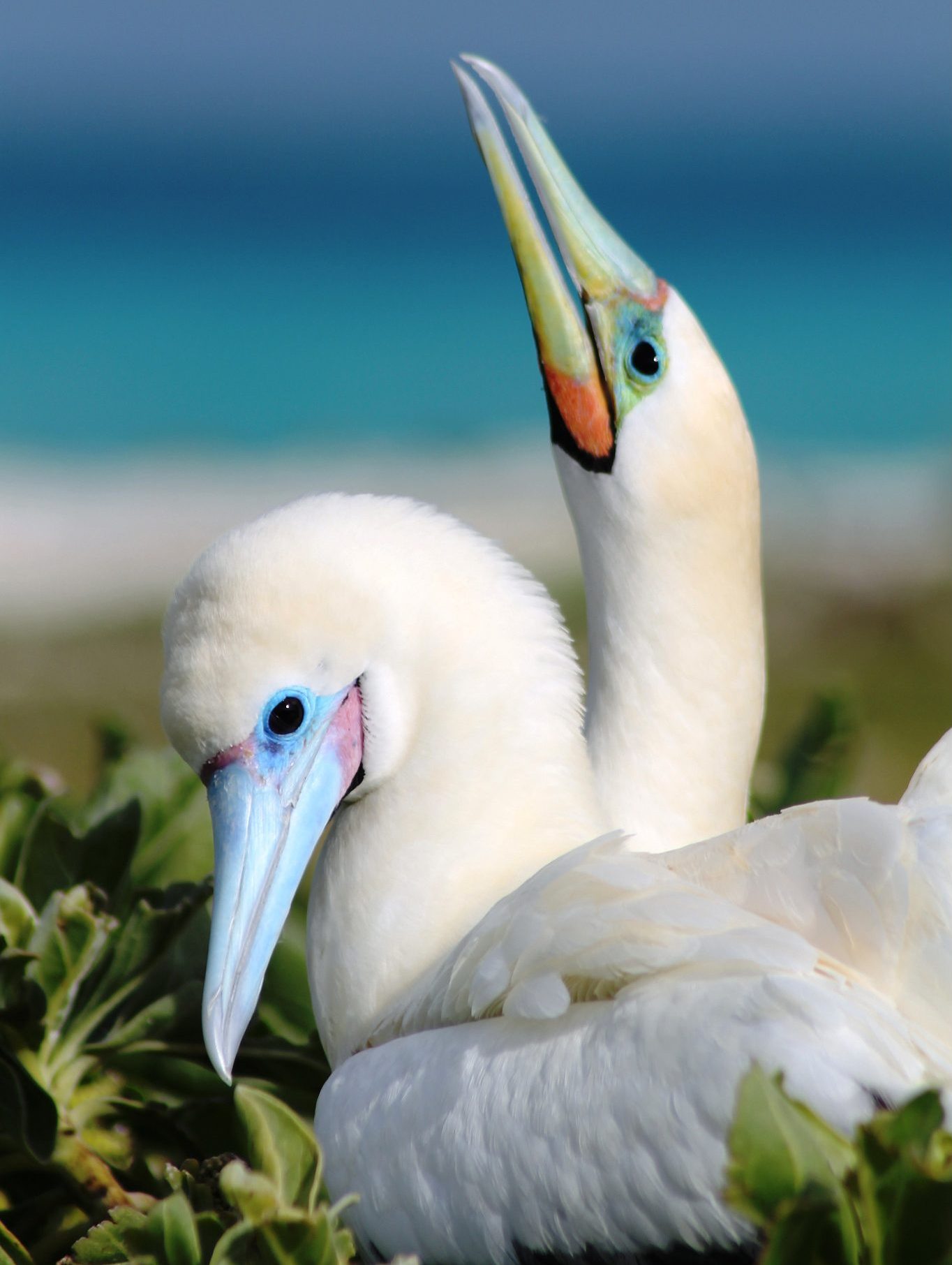Designation and Expansion of Papahānaumokuākea Marine National Monument
The establishment and management model of Papahānaumokuākea ushered in a new generation of management practices and partnership development that continues to support large-scale marine protected areas.
Papahānaumokuākea is a highly protected MPA to protect sensitive species and cultural significance to Native Hawaiians. Commercial fishing is prohibited, and there is only limited access for management, research and cultural purposes by permit.
The 1,350-mile (2,172-km) stretch of coral islands, seamounts, banks and shoals supports an incredible diversity of coral, fish, birds, marine mammals and other flora and fauna, many of which are unique to the Hawaiian island chain. Many of the islands and shallow water environments are important habitats for rare species such as the threatened green turtle and the endangered Hawaiian monk seal. It is also the world’s largest tropical seabird rookery, hosting over 5.5 million breeding birds including the endangered short-tailed albatross and four land birds found only within the monument.
The International Maritime Organization has designated Papahānaumokuākea as a ‘particularly sensitive sea area’, one of 14 in the world. This designation requires all transiting vessels of a certain size with the intent to enter a U.S. port or place to notify the authorities when entering and exiting monument boundaries; it is recommended that other international transiting vessels avoid monument waters or participate in the reporting system.
Video courtesy of NOAA Office of Exploration and Research Hohonu Moana, 2015
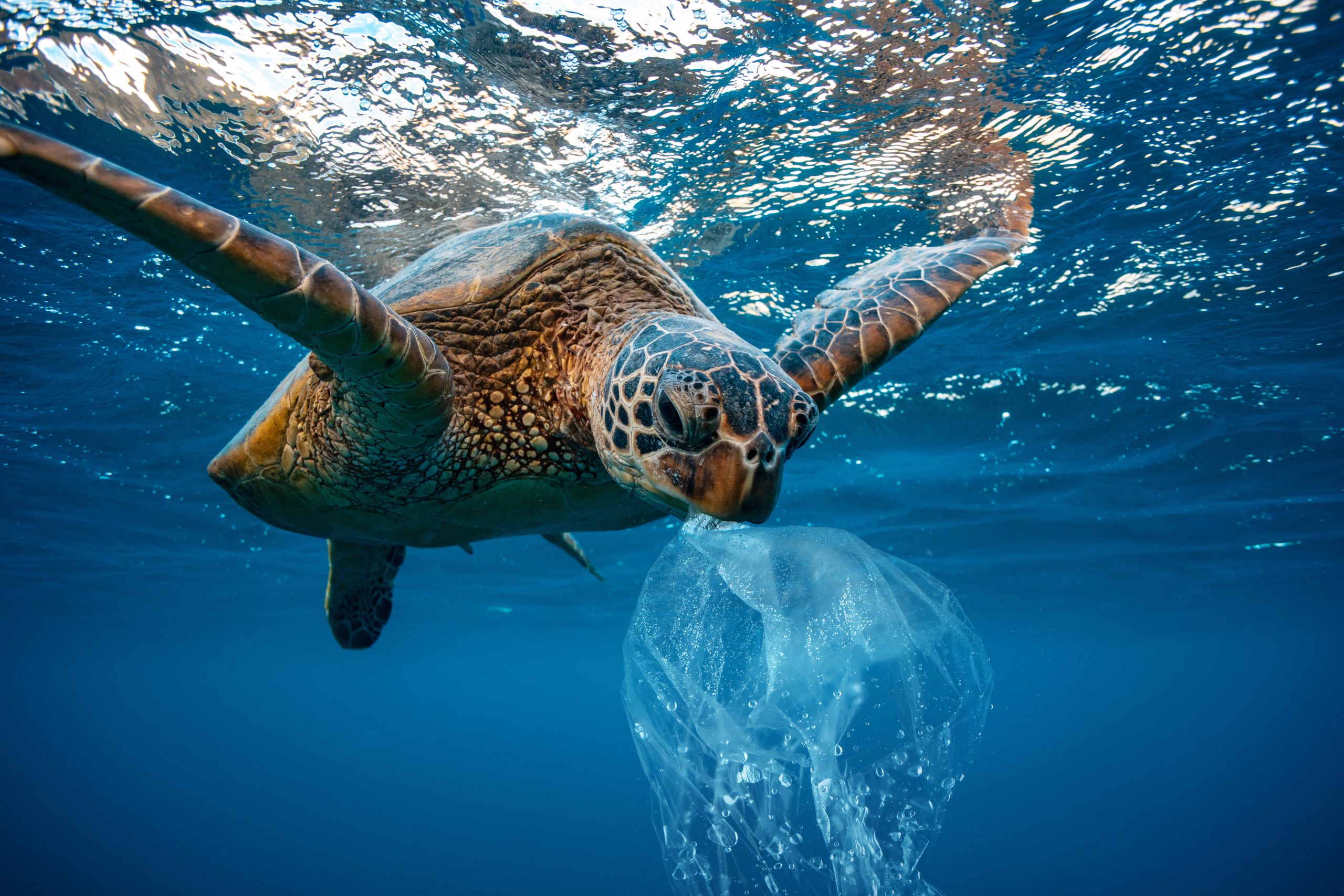
Over 400,000 pounds of marine debris have been removed from the monument by 22,000 volunteers on multiple expeditions in the period up to 2020, following the creation of the Hawai’i Marine Debris Action Plan.

The monument includes the highest level of endemism known of any marine ecosystem on Earth. Extraordinary reef fish communities approaching 100 percent endemism have been found in mesophotic coral ecosystems—deep coral reefs between 50 and over 150 metres deep.
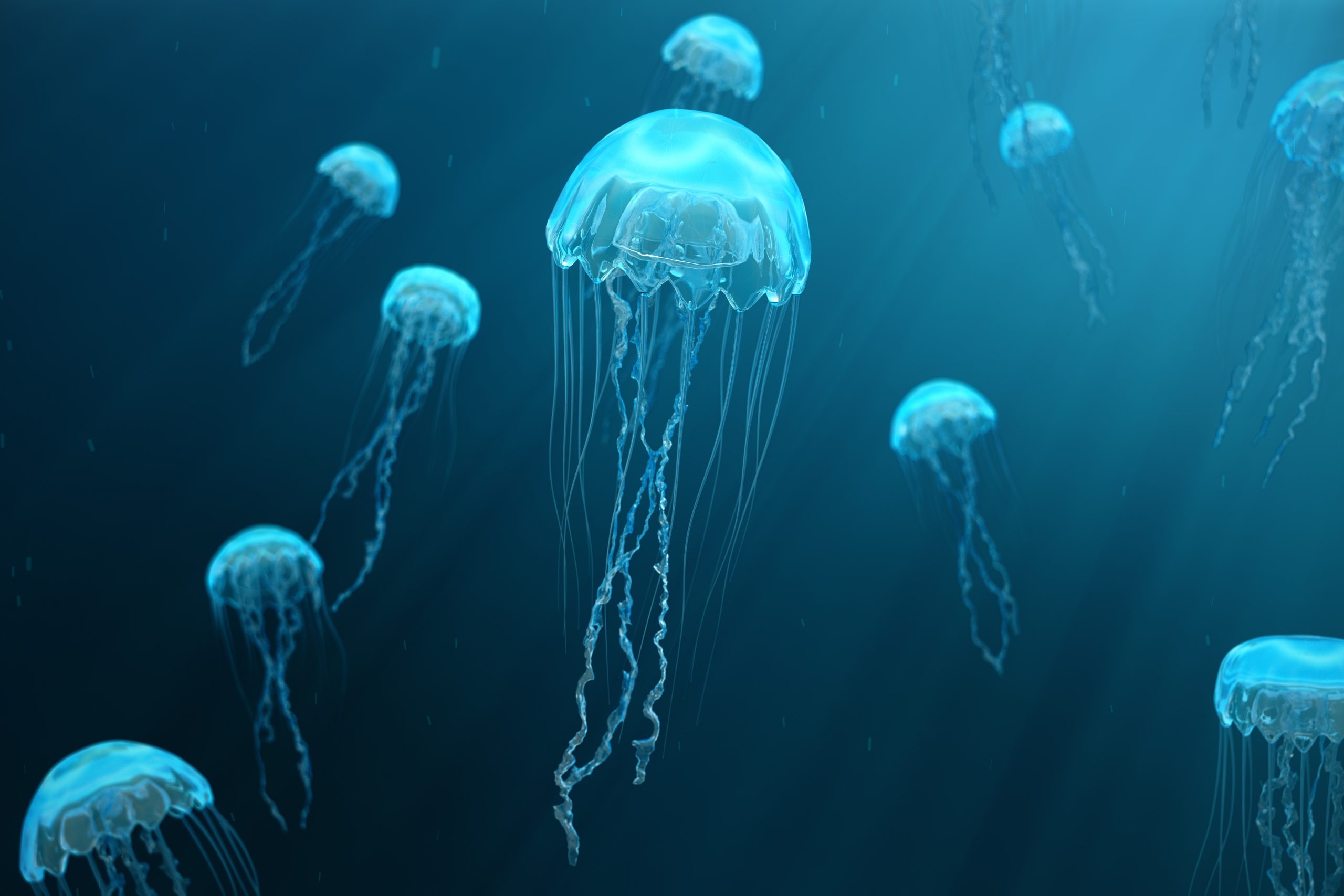
Numerous species of deep mesophotic fishes and algae, completely new to science, have been discovered.

The monument has incorporated collaborative management and integration of traditional Hawaiian knowledge systems. Representatives of coastal communities and Native Hawaiian cultural practitioners paired with world-renowned scientists have conducted rocky intertidal monitoring surveys for over 10 years.
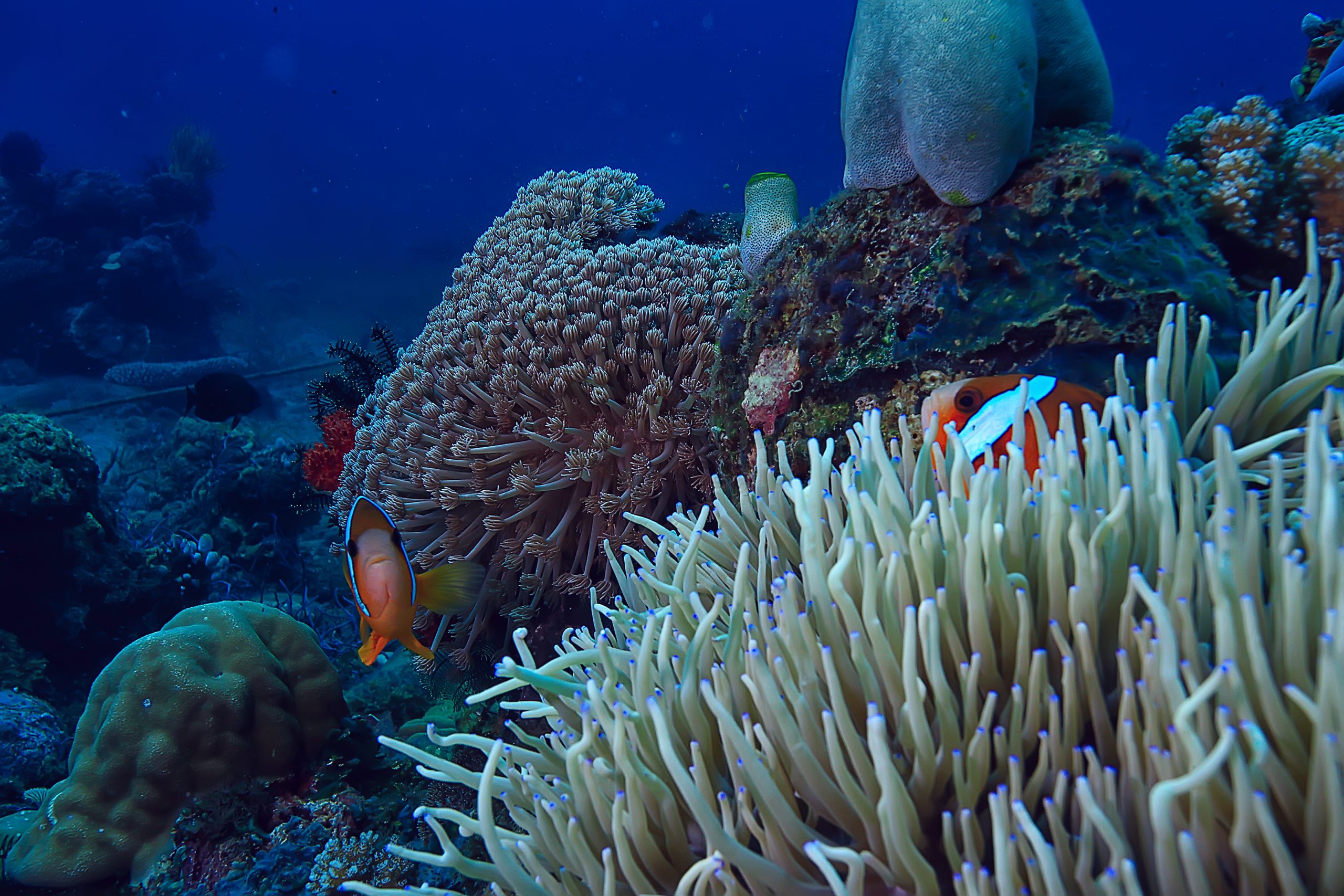
The establishment of Papahānaumokuākea has inspired an international movement in ocean conservation, and led to an inaugural, U.S.-hosted meeting of site managers of the world’s largest marine managed areas in 2010, co-convened by the managers of Papahānaumokuākea Marine National Monument, the Phoenix Islands Protected Area and World Heritage. This historic meeting launched Big Ocean, a global network of the world’s large-scale marine protected areas (LSMPAs) and produced the first-ever managers’ communiqué on the importance, contributions and needs of LSMPAs. The International Union for Conservation of Nature’s World Commission on Protected Areas and Big Ocean founded a task force to improve our understanding of the challenges and benefits of LSMPAs and enhance best practice management standards. The LSMPA Take Force published Large-Scale Marine Protected Areas: Guidelines for Design and Management as a professional development and capacity-building resource for supporting LSMPAs.

Challenges
A key challenge was establishing a process to fully engage and coordinate among management agencies and the Native Hawaiian community.
Papahānaumokuākea is administered jointly by four co-trustees—the Department of Commerce, the Department of the Interior, the State of Hawaiʻi and the Office of Hawaiian Affairs (OHA). OHA is a constitutionally established body of the state of Hawai‘i, responsible for protecting and promoting the rights and interests of Native Hawaiians. Day-to-day management of the monument is overseen by a seven-member management board comprising two sub-agencies of each co-trustee, plus the Office of Hawaiian Affairs.
Climate change is a critical environmental challenge facing the monument. Recent water temperatures in the region of Papahānaumokuākea are the highest on record, and the average water temperature in the monument is expected to increase by as much as 15 degrees Celsius by 2100.
Extreme temperature events have also increased in frequency and intensity in past decades and are projected to continue to do so in the coming century. This and other impacts are summarised in the Climate Change Impacts profile. The monument has conducted a vulnerability analysis to focus on climate change adaptation actions.
Recipe for Successful Implementation
Key to the success of Papahānaumokuākea was early investment in research, permitting and information systems, which enabled capacity building and adaptive management, and continuous investment in community engagement and constituency building to foster durable support for the site.
The Department of Commerce (through the National Oceanic and Atmospheric Administration), the Department of the Interior (through the U.S. Fish and Wildlife Service), the State of Hawaiʻi (through the Department of Land and Natural Resources) and the Office of Hawaiian Affairs (representing the interests of the Native Hawaiian community pertaining to the activities in the monument).



